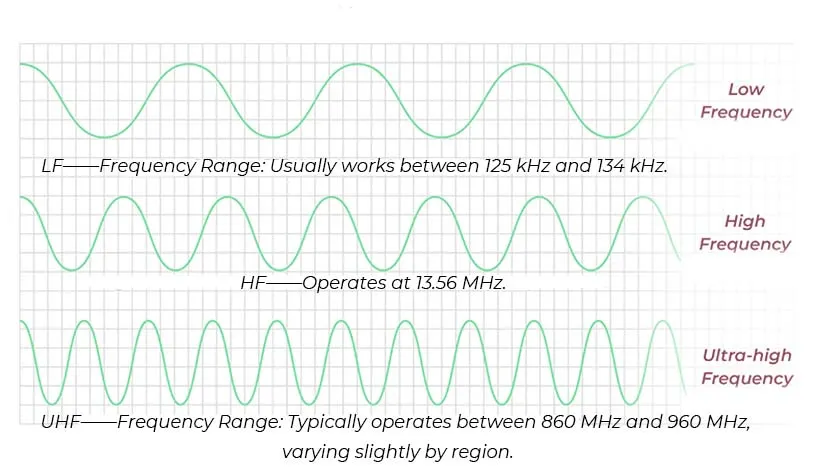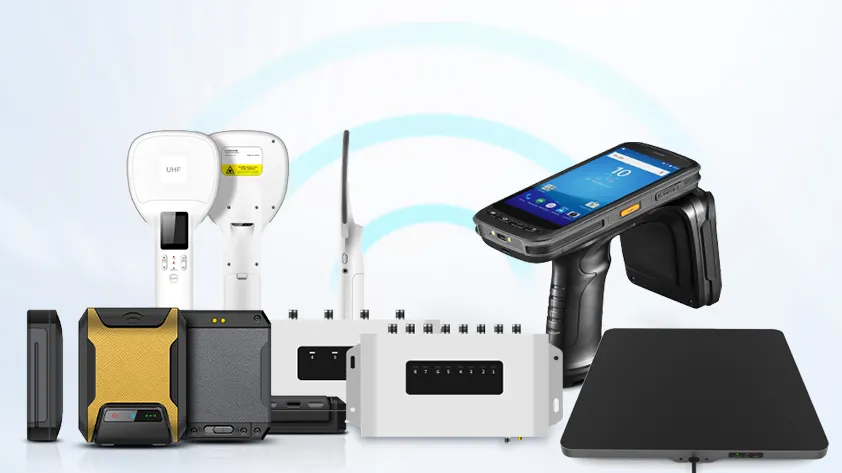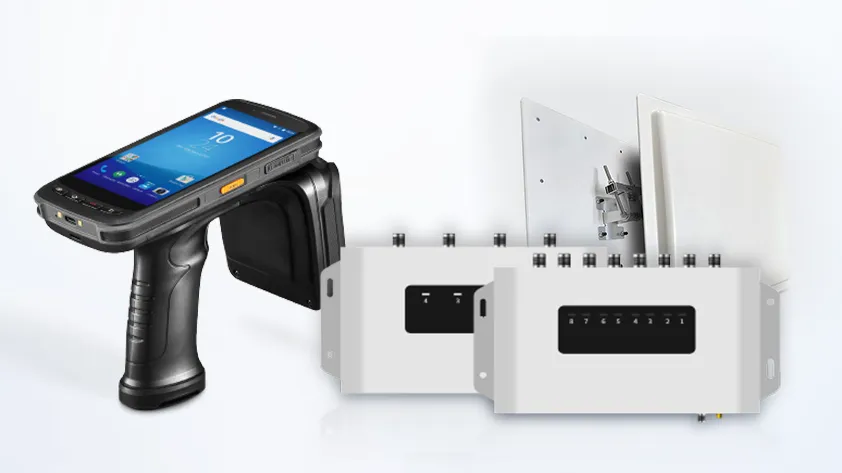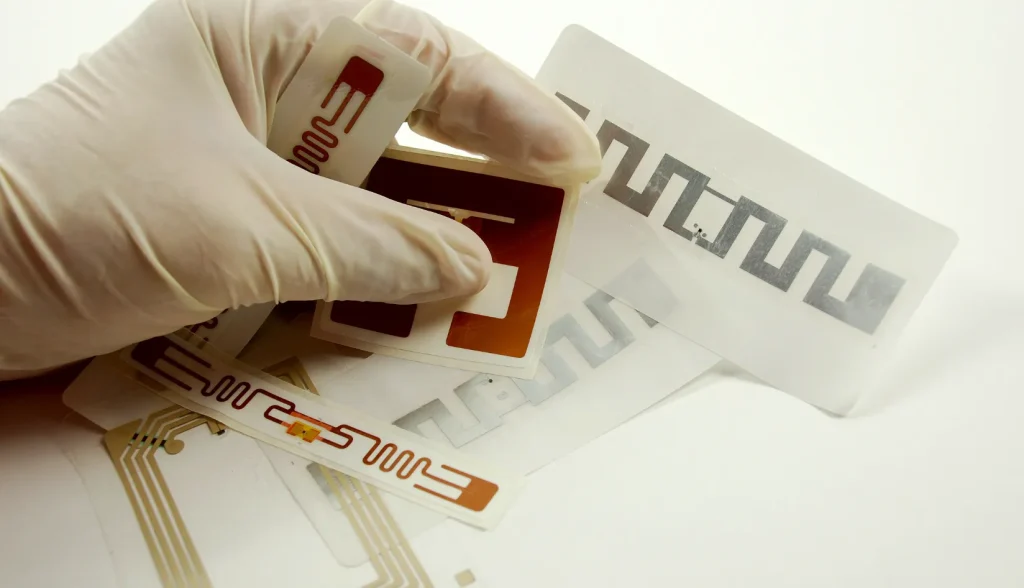Nonetheless digging round for money in 2025? You’re not alone—however you is likely to be getting left behind. Because the world races towards a digital-first way of life, cashless funds have gone from a comfort to the brand new regular. However are you aware what kinds of cashless fee options are extra appreciable? On this […]
Category Archives: Knowledge
This post provides a comprehensive overview of RFID (Radio Frequency Identification) frequencies, detailing their distinct characteristics and practical applications. It highlights the advantages of different frequency ranges, such as low, high, and ultra-high frequencies, and how these affect read ranges, data transfer rates, and environmental adaptability. The article also underscores the technological advancements that enhance RFID efficiency and reliability, making it a vital tool in various sectors, including logistics, retail, and healthcare. Overall, it emphasizes RFID’s transformative potential in streamlining operations and improving inventory management.
This post delves into the significance of Auto-ID technology, specifically focusing on RFID (Radio Frequency Identification) as a cornerstone of modern automation. It highlights RFID’s pivotal features, such as its ability to enhance inventory management and streamline supply chain processes. The advantages of RFID include increased accuracy, real-time data tracking, and improved operational efficiency. Additionally, the article emphasizes RFID’s distinctive qualities, like contactless scanning and the capacity to read multiple tags simultaneously, making it an essential tool in various industries. Overall, the post illustrates how RFID technology is transforming automation, driving innovation, and enhancing productivity in today’s fast-paced environment.
This post delves into the transformative potential of 13.56MHz RFID tags in laboratory settings, highlighting their efficiency in tracking samples and equipment. It provides a practical guide on implementation, emphasizing benefits such as improved inventory management, enhanced data accuracy, and streamlined workflows. The article distinguishes itself by offering real-world applications, tips for integration, and insights into the technology’s reliability and security features, making it an essential resource for lab professionals aiming to optimize operations.
This post explores the diverse range of RFID readers, detailing their operational distances and capabilities. It highlights key features such as frequency types (low, high, and ultra-high frequency), read ranges, and form factors. The advantages of RFID technology, including efficiency in inventory management and real-time tracking, are emphasized. Readers will also discover the unique qualities of various RFID readers, showcasing their applications across industries from retail to logistics. The article ultimately aims to provide a comprehensive understanding of how different RFID readers can enhance operational efficiency and improve asset management.
This post explores how RFID technology is revolutionizing business operations by significantly reducing costs and enhancing sustainability. It highlights key features of RFID, such as real-time tracking and inventory management, which streamline processes and minimize waste. The advantages of implementing RFID include increased efficiency, improved accuracy in stock levels, and reduced labor costs. Additionally, the post emphasizes the technology’s role in promoting sustainable practices by optimizing resources and decreasing environmental impact, making it a crucial tool for forward-thinking companies aiming to balance profit with planet.
This post explores the key differences between internal and external antennas in RFID readers. Internal antennas are compact and ideal for space-constrained environments, offering ease of installation and maintenance. They provide sufficient range for many applications but may experience limited performance in challenging environments. In contrast, external antennas are versatile and can be positioned for optimal signal strength, making them suitable for larger or more complex RFID deployments. They provide enhanced read range and directionality, allowing for better performance in diverse settings. The article highlights the advantages of each type, helping businesses choose the right antenna based on their specific needs and operational environments.
In “How to Choose a Suitable RFID Antenna: 5 Important Factors to Consider,” readers are guided through essential criteria for selecting the right RFID antenna. The post highlights the pivotal features, such as the antenna type, gain, frequency, and radiation pattern, that can significantly influence performance. It emphasizes the advantages of matching the antenna to specific applications, ensuring optimal reading ranges and reliability. Additionally, the article discusses the importance of environmental factors and compatibility with existing systems, making it a valuable resource for those seeking effective RFID solutions tailored to their needs.
The style business is altering quickly, and retailers are going through quite a few challenges in maintaining with shifting shopper wants. Points like counterfeiting, lack of transparency, and rising expectations for personalised experiences are driving manufacturers to hunt inventive options. One such resolution is the NFC garment badge. By incorporating Close to Subject Communication (NFC) […]
Implementing Radio Frequency Identification (RFID) know-how in what you are promoting can considerably improve operational effectivity, streamline stock administration, enhance buyer expertise, and cut back operational prices. Nevertheless, earlier than delving into RFID options, you’ll want to contemplate a number of key elements. This text will define the required steps to make sure a clean […]










